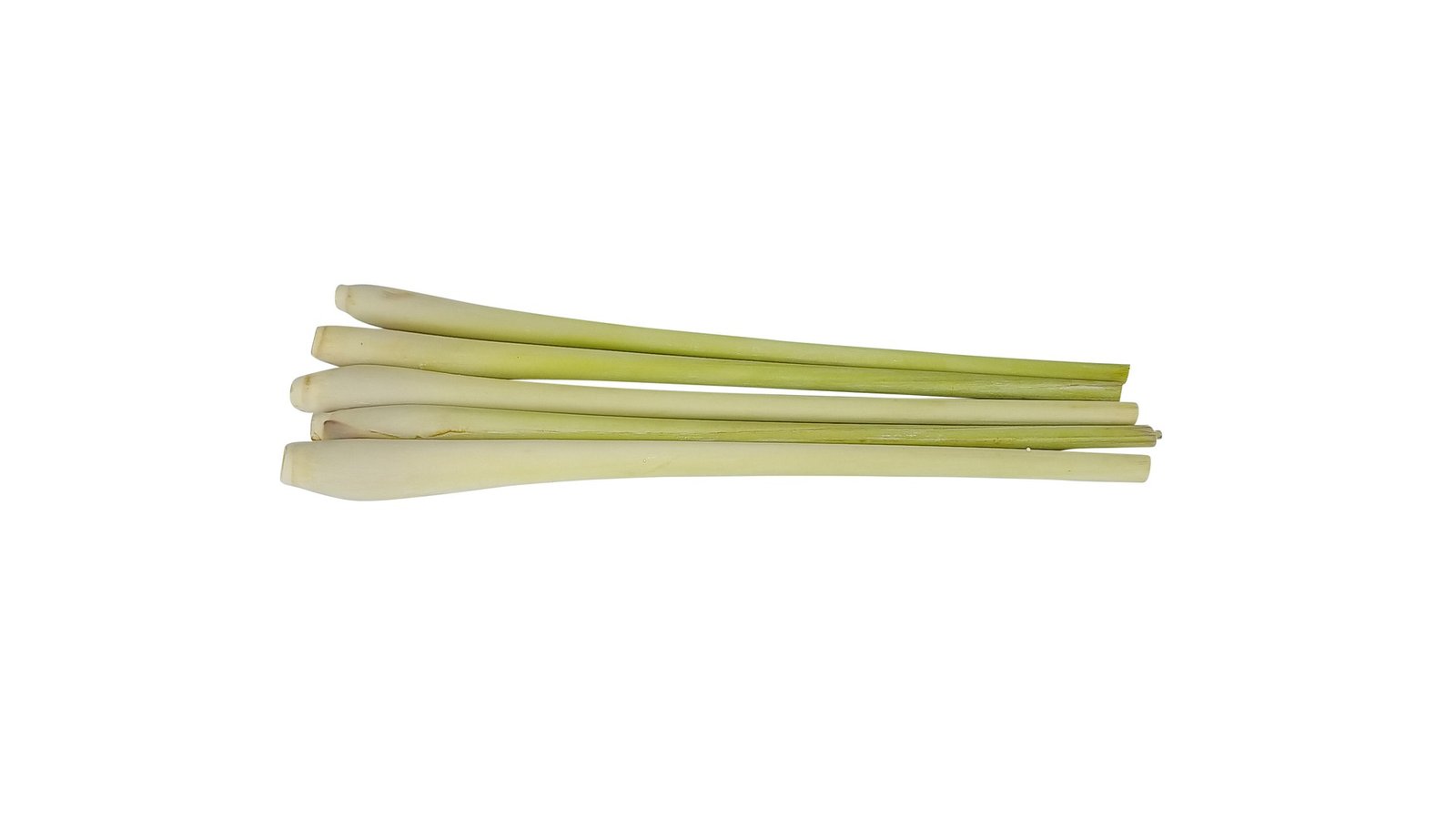LemonGrass Cultivation, varieties, and benefits
Introduction: – Lemongrass is an aromatic plant. Which has an important place in aromatic plants. Oil is extracted from its leaves, which are used in the manufacture of medicines, making high quality perfumes, and various cosmetics.
Lemon oil is in high demand for the synthesis of vitamin A. Today, along with Jharkhand, it is being cultivated in different parts of the country and oil and stalks are also being exported on a large scale.

Soil and Climate: – Hot and humid climate is suitable for the successful production of lemongrass. The presence of high temperature and good sunlight increases the amount of oil in the plant.
Generally, it can be cultivated in all types of soil but loam fertile soil is better. It can also be grown successfully in areas with low rainfall.
Propagation method: – Its seeds are sown after making nursery. When the plants are about, they are uprooted from the nursery and planted in the field. About 4 kg of seed is sufficient for one hectare. After 2 months, the seeds planted in the nursery become viable plants in the field.
Slip: – 15 cm from the root. Leaves cut off the upper part of the plant. Separating the root part 15 cm. 45 * 45 or 45 * 30 cm in deep holes Transplanting is done at a distance of.
Transplanting is considered good at the beginning of the rainy season, and planting is done in February also due to irrigation. 50000 to 75000 slips are required for one hectare.
Some advanced varieties: – O. D.– 19, O. D. 40, Pragati, RRL-16, Parnam and Sugandhi.
Manure and Fertilizer: – At the time of preparation of the field, mix well with compost or dung rotten manure 200 quintals per hectare with the final plowing.
Nitrogen, phosphorus and potash should also be given at the time of last plowing of 150: 40: 40 kg per hectare. Half the amount of nitrogen at the time of transplanting and the remaining quantity in two installments after 2-2 months.
In biological method earthworm manure Nadeep Compost, Azotobacter, PSB And Karanja gives the cake.
Weeding and Pest Control of LemonGrass.
Weeding-weeding: – Do one weeding after first weeding-weeding, 2-3 times weeding after weeding-weeding. Lemongrass is a five-year-old crop, fertilizer or fertilizer is required after each harvest.
Water management: – Lemongrass does not require much irrigation, moisture is required in the soil after transplanting.
Irrigation is not required in the rainy season, whereas in summer, irrigation should be done at an interval of 10 days and in winter at an interval of 15 days.
Crop cycle: – Lemongrass is a five-year crop, so it is replaced on five years. Change crop after 3 years on unfertilized land.
Harvesting: – It is harvested at an interval of 2.5 to 3.0 months up to 5 years after planting. 4 to 5 harvesting is done per year.
Cut the plants from the top leaving 10-15 cm from the ground. 150-180 liters of oil can be obtained per year in one hectare of land.
Seed collection: – Flowers bloom in the month of November-December and seed is collected in January-February, 100-200 grams of seed per plant is obtained.
Distillation of leaves: – Oil is extracted after cutting lemon grass. Leaving the grass to dry for 24 hours for the steam method or distillation method.
It is then cut into small pieces and put into a distillation tank. As the process starts, the oil starts collecting in the separator.
Pest and Disease Control
Such a kit pierces the shoot, causing the stem leaves to dry.
Termite – Slip should be treated after treatment with neem cake.
White Housefly – spray 0.05% monocrotophos.
Rat outbreak – Use zinc phosphide or barium chloride.
Income from LemonGrass Cultivation: – Net income can be earned in Lemon Grass cultivation for about 2.5 lakh rupees in 5 years. This income can also increase through the use of new technology and market prices.

Comments
Post a Comment